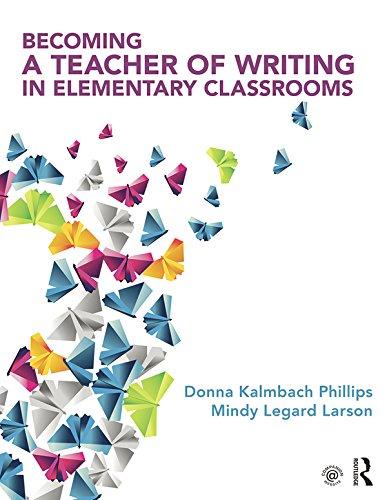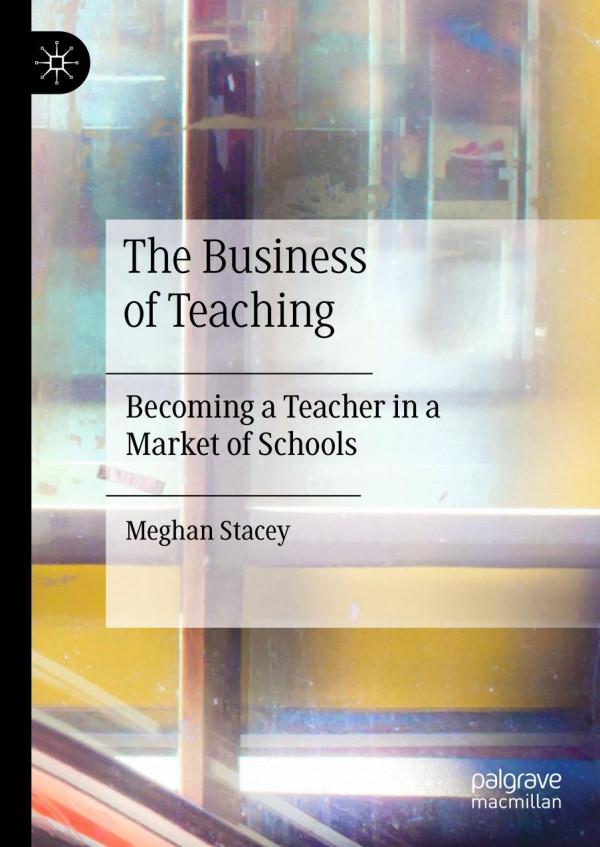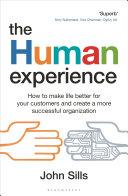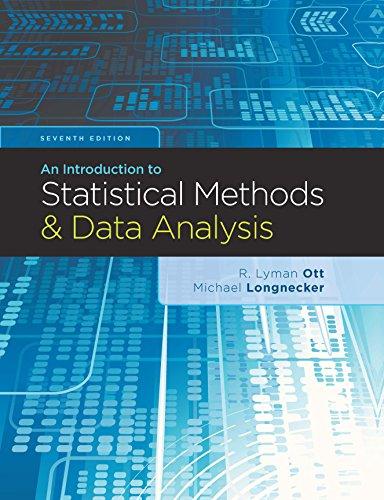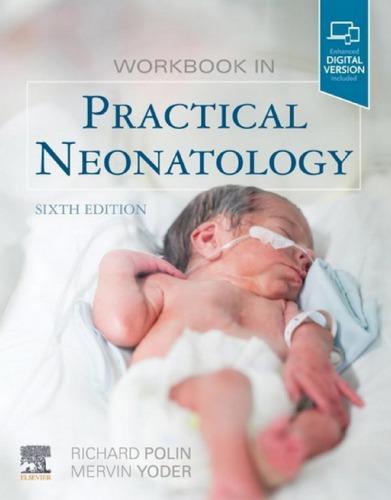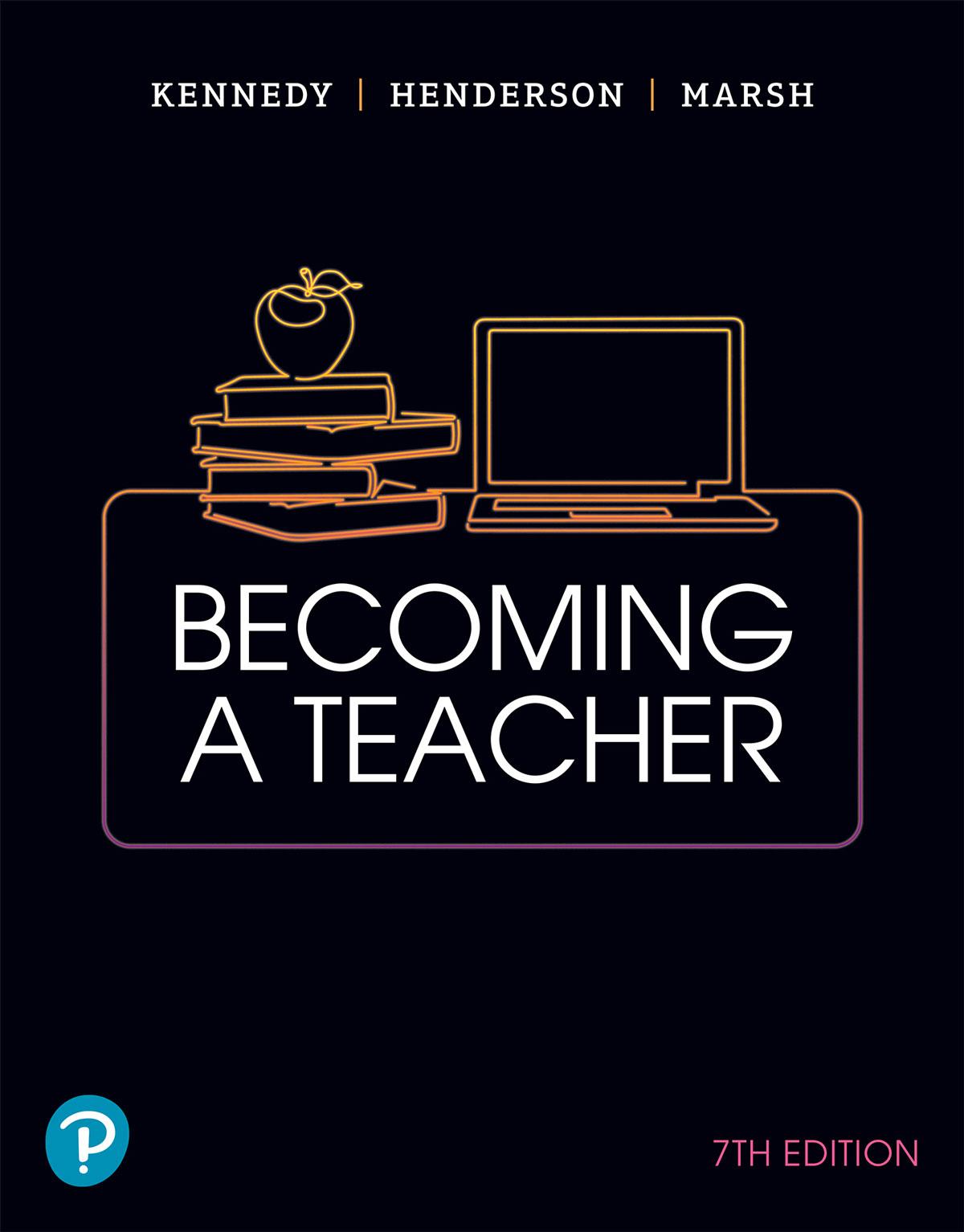Becoming a Teacher
7th edition
Kennedy Henderson Marsh
Copyright © Pearson Australia (a division of Pearson Australia Group Pty Ltd) 2022
Pearson Australia
707 Collins Street
Melbourne VIC 3008
www.pearson.com.au
The Copyright Act 1968 of Australia allows a maximum of one chapter or 10% of this book, whichever is the greater, to be copied by any educational institution for its educational purposes provided that that educational institution (or the body that administers it) has given a remuneration notice to Copyright Agency Limited (CAL) under the Act. For details of the CAL licence for educational institutions contact:
Copyright Agency Limited, telephone: (02) 9394 7600, email: info@copyright.com.au
All rights reserved. Except under the conditions described in the Copyright Act 1968 of Australia and subsequent amendments, no part of this publication may be reproduced, stored in a retrieval system or transmitted in any form or by any means, electronic, mechanical, photocopying, recording or otherwise, without the prior permission of the copyright owner.
ACARA material is identified in this text as ‘© Australian Curriculum, Assessment and Reporting Authority (ACARA) 2010 to present’, unless otherwise indicated.
ACARA material is licensed under CC BY 4.0 (https:// creativecommons.org/licenses/by/4.0). Version updates are tracked in the ‘Curriculum version history’ section on the ‘About the Australian Curriculum’ page (http://australiancurriculum.edu.au/ about-the-australian-curriculum/) of the Australian Curriculum website.
ACARA does not endorse any product that uses the Australian Curriculum or make any representations as to the quality of such products. Any product that uses material published on this website should not be taken to be affiliated with ACARA or have the sponsorship or approval of ACARA. It is up to each person to make their own assessment of the product, taking into account matters including, but not limited to, the version number and the degree to which the materials align with the content descriptions and achievement standards (where relevant). Where there is a claim of alignment, it is important to check that the materials align with the content descriptions and achievement standards (endorsed by all education Ministers), not the elaborations (examples provided by ACARA).
For the Australian Professional Standards for Teachers © 2018 Education Services Australia Limited as the legal entity for the COAG Education Council (Education Council). Pearson Australia has reproduced extracts of the Australian Professional Standards for
Teachers in this publication with permission from the copyright owner. Other than as permitted by the Copyright Act 1968 (Cth), no part of this material may be reproduced, stored, published, performed, communicated or adapted by any means without the prior written permission of the copyright owner.
This text was in production during the COVID-19 pandemic. Content which relates to COVID-19 and its broader impacts was correct at the time of printing.
Senior Portfolio Manager: Stephen Heasley
Development Editor: Judith Bamber
Senior Project Manager: Bronwyn Smith
Production Manager: Linda Chryssavgis
Product Manager: Nina Sharpe
Content Specialist: Victoria Kerr
Rights and Permissions Editor: Kim Morgan
Digital Production Manager: Paul Ryan
Lead Editor/Copy Editor: Dina Cloete
Proofreader: Helen Eastwood
Indexer: Integra Software Services
Cover and internal design by Simon Rattray, Squirt Creative
Cover illustrations: line drawing of an apple – tetiana_u/Shutterstock; line drawing of laptop and books on a desk – 1494/Shutterstock
Typeset by Integra Software Services
Printed in Malaysia
ISBN 9781488615658
1 2 3 4 5 26 25 24 23 22
Index 333 Contents
Preface xi
About the authors xii
Reviewers xiii
New this edition xiv
Educator resources xvii
AITSL Australian Professional Standards for Teachers xviii
Part 1 Being a teacher 1
Chapter 1 Personal values and attitudes 2
Considering the value dimensions of teaching 3
Values 3
Attitude 4
Belief 4 Ethics 4
What is an ‘effective’ teacher? 5
The complexity of being a teacher 7
Personal characteristics 8
Educational experiences and pedagogical knowledge 8
School contexts 9
Determining your suitability for teaching 10
Resilience 10
A sense of purpose 11
Summary 12
Questions 12
Case study 13
References 14
Chapter 2 Teacher values 15
Values for teaching in the 21st century 16
Reflective practice 17
Reflexivity 17
Developing a teaching philosophy 18
Professional standards 19
The Australian development of teacher standards 20
The Australian Professional Standards for Teachers (APST) 21
The importance of professional learning 24
Professional learning or professional development? 24
Forms of professional learning 25
What works in professional learning? 26
Summary 27
Questions 27
Case study 28
References 29
Chapter 3 Ethical standards 31
Ethics and decision making 32
Ethical decision making in the classroom 32
Teaching as a moral craft 33
Ethical frameworks and codes of conduct 34
National statements 34
Character education 35
Codes of conduct and codes of ethics 35
Ethical relationships 36
Ethical relationships between the teacher and the principal 37
Ethical relationships between the teacher and students 37
Ethical relationships between a school and private industry 38
Legal issues in teaching 40
Education and the law 40
Teachers’ rights and professional obligations 42
Rights of students 43
Enforcement of student rights 47
Summary 48
Questions 49
Case study 49
References 50
Part 2 Learners and learning 53
Chapter 4 Learning what? 54
What is the curriculum? 55
Curriculum is what is taught in schools 55
Curriculum is content 55
Curriculum is a set of performance objectives 56
Curriculum is what a student experiences 56
Curriculum is what is planned for students 56
Curriculum is working with the internet 57
Curriculum: a working definition 57
Planning the curriculum 58
Working with curriculum documents 58
Curriculum – an early childhood example 59
Primary and secondary curriculum 59
The Australian Curriculum: A 21st-century achievement 59
Developing the Australian Curriculum 60
The multidimensional curriculum 62
General capabilities 62
Cross-curriculum priorities 64
Summary 65
Questions 66
Case study 66
References 67
Chapter 5 Learning how? 69
Human development theories as they have evolved over time 70
How teachers use these theories 72
Theories of cognitive development 72
Piaget 72
Bruner 76
Vygotsky 77
An overview of the cognitive theories 79
A theory of moral development – Kohlberg 82
Culture and learning 87
Eight ways of learning 87
Summary 90
Questions 90
Case study 91
References 91
Chapter 6 Shaping learning 93
Creating environments for learning 94
Buildings are learning environments 94
Classrooms designed for learning 95
Classrooms as complex learning environments 98
Student wellbeing and class size 98
Students can tell you the environment they prefer 99
Grouping students for learning 101
Gender issues and the organisation of learning 101
Theories of motivation 102
Intrinsic and extrinsic motivation 103
Understanding self-esteem as a motivating factor 104
Motivating for achievement and competence 106
Attributing the causes of success and failure 107
Using motivation to create positive classrooms 107
Making motivation central 109
Learning outside the classroom 110
Home schooling 110
Community schools 110
Service learning 110
Social media 111
Summary 112
Questions 113
Case study 113
References 114
Chapter 7 Diverse learners 117
Preparing for diverse classrooms 118
Categories of diversity 120
Gendered learning 120
Gifted and talented learners 122
Learners with disabilities 123
Learning in culturally and socially diverse contexts 125
Abused or neglected students 126
Differentiated classrooms: Promoting learning for all 127
Differentiated brain functions 127
Recognising multiple learning styles 128
Multiple intelligences, multiple differences 129
Standards-based education and differentiation 131
Classrooms as contexts for recognising difference 131
Differentiated teaching 132
Summary 134
Questions 134
Case study 135
References 135
Part 3 Life in classrooms 139
Chapter 8 Learning environments 140
Factors that shape learning environments 141 The dimensions of a learning environment 141
Establishing and maintaining supportive learning environments 144 An environment in which learning is worthwhile 144
An environment in which learning is connected 145
Communicating and the learning environment 147
Communicating effectively in the classroom 147
Summary 155
Questions 155
Case study 156
References 157
Chapter 9 Planning for classroom learning 159
Understanding terms and requirements 160
Aims 160
Goals 161
Objectives 163
Outcomes 169
Standards in curriculum documents 169
Program and unit level planning 170
Some important ideas to consider about learning 170
Planning principles 171
Developing a program 173
Planning a unit 175
Lesson planning 179
Summary 183
Questions 184
Case study 184
References 185
Chapter 10 Teaching for classroom learning 187
Pedagogy – connecting teaching and learning 188
Pedagogical approaches 188
Making connections and developing a sense of self 192
Linking teaching with learning styles 193
Teaching and learning styles 193
The practice of noticing 195
Reflecting 196
Learning styles and student motivation 196
Teaching styles 197
Teaching and learning phases of instruction 198
Pedagogical approaches for teaching 199
Lectures, teacher talks, expository talks and teacher presentations 201
Practice drills 201
Directed questioning 202
Explicit instruction 203
Demonstrations 204
Teaching with ICT 205
Problem-based learning 205
Constructivism 206
Discussion 207
Cooperative learning 207
Problem solving and inquiry approaches 207
Role-playing and simulation games 208
Project-based learning 209
Independent self-directed study 209
Instructional strategies and effective teaching 209
Summary 211
Questions 212
Case study 212
References 213
Chapter 11 Classroom management 216
Positive learning environments 217
Social-emotional environment 217
Sociocultural factors 218
Establishing and managing a positive classroom learning environment 219
Fostering positive learning relationships 220
Knowing your learners 220
Learn each student’s preferred name 220
Set behaviour standards early and consistently maintain them 220
Establishing routines 221
Gender and cultural issues 222
Sexuality and inclusion 224
Maintaining and managing the teacher’s educational role 224
Preventive discipline 225
Supportive discipline 226
Intervention discipline 226
Communicating with parents and caregivers 227
Planning for a balanced system of classroom management 228
Classroom management models 229
Summary 232
Questions 232
Case study 233
References 234
Chapter 12 Assessment and learning 236
Functions of assessment 237
Diagnosing learning 237
Grading students 237
Predicting future achievements 237
Motivating students 237
Feedback on the effectiveness of teaching 238
The social role of assessment 238
Types of assessment 238
Diagnostic assessment 238
Formative assessment 239
Summative assessment 239
Informal–formal 239
Norm-referenced–criterion-referenced 240
Performance assessment 240
Student self-assessment and peer assessment 240
Assessment techniques 241
External forms of assessment 243
Examinations 243
International external assessments 244
National external assessments 245
My School website and NAPLAN 247
Recording and reporting assessments 247
Recording the results of assessment 247
Reporting the results of assessment 250
Summary 253
Questions 254
Case study 254
References 255
Chapter 13 ICT in the classroom 257
ICT for the classroom 258
Multimedia 259
Devices 260
Social media 262
ICT and teaching strategies 265
Computers, laptops, tablets, phones and learning 265
Teaching with social and educational media 266
Social and educational media, learning and school policies 267
Managing the risks of ICT use 270
Access to ICT and the ‘digital divide’ 270
Cyber-bullying 271
Undesirable content 271
Time spent on digital devices 272
Digital Code of Practice 272
Technology-based teaching tools for the future 273
Hold on – the future is now! 273
Summary 276
Questions 277
Case study 277
References 278
Part 4 Growing professionally in schools and community
partnerships 281
Chapter 14 Becoming professional 282
Teaching as a profession 283
Teaching professionalism in context 285
The Australian teaching profession 285
Professional standards and quality teaching 287
Career structures 288
Ongoing issues in building a teaching profession 290
School cultures and the teaching profession 293
Culture 294
Schools and culture 294
School culture and leadership 295
School culture and beginning teachers 296
School culture and schooling over the decades 296
Summary 302
Questions 303
Case study 303
References 304
Chapter 15 Parents and caregivers as partners in student learning 307
Family–school partnerships 308
Family–school partnerships in Australian education 308
The dimensions of family–school partnerships 309
Diversity in families 310
Challenges to building partnerships 312
An historical context 312
Current times – a partnership approach 314
Typologies of partnerships 314
A parent participation continuum 315
Engaging with parents and caregivers 319
Listening 319
Communicating 320
Case studies of partnerships 323
Summary 324
Questions 324
Case study 325
References 326
Glossary 328
Index 333
Preface
Becoming a teacher is no easy undertaking but it can provide a lifelong journey working with young people who will become the citizens of tomorrow. In reality it is privileged work because it can influence the future by helping students to understand themselves and the world in which they live. At the same time, it is also demanding work because no two students are exactly alike. A teacher’s ingenuity is challenged every day as students seek to be who they are, and as teachers seek to help them prepare for the future. Teachers and students working together is the ideal way to think about the world of classrooms and the shaping of the future.
This is the seventh edition of Becoming a Teacher. We have been very happy to work on it in acknowledgement of our friend and colleague, Colin Marsh, who was the originator of the text. Unfortunately, his untimely death in 2012 deprived us – and the whole education community – of a scholar for whom teachers were at the


